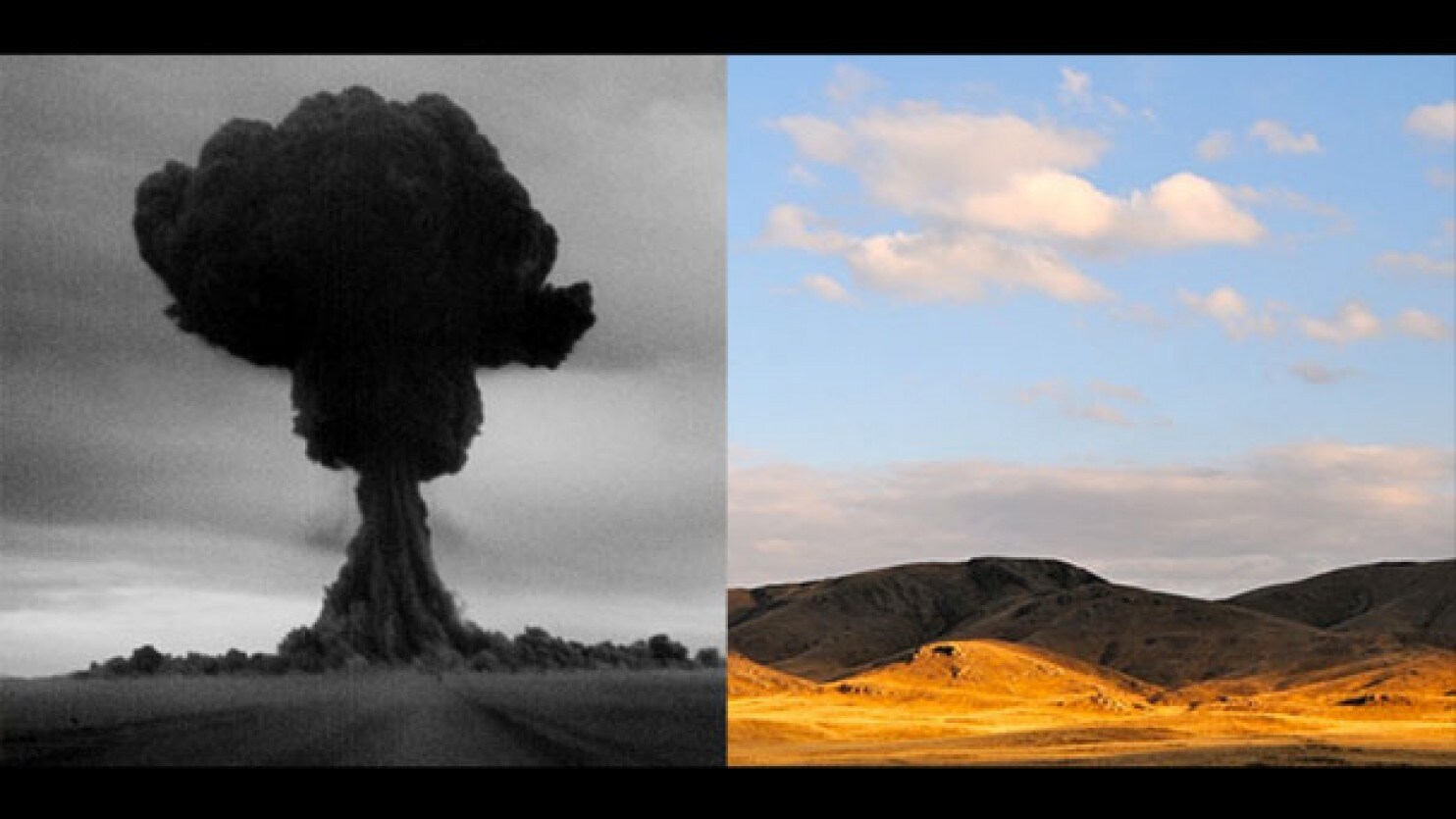NUR-SULTAN – Kazakhstan is commemorating 32 years of work of the Nevada-Semipalatinsk International Anti-Nuclear Movement on Feb. 28. According to Olzhas Suleimenov, leader of Kazakh anti-nuclear movement, “the Nevada-Semipalatinsk movement, initiated on Kazakh land on February 28, 1989, considered its main mission not only to close the Semipalatinsk test site, but also to inspire other nuclear countries to follow this example. Kazakhstan now occupies a confident position in the international anti-nuclear movement”.

Kazakh civil movement activists gathered to demand a nuclear test ban at the Semipalatinsk test site in August 1989. Photo credits: armscontrol.org.
Kazakhstan and the entire disarmament movement can be proud of the movement’s achievements. In 1989, the movement stopped 11 explosions out of the planned 18 at the Semipalatinsk test site. Only 7 explosions were carried out, the last one took place on October 19.
According to Sultan Kartoev, Vice-President of the Nevada-Semipalatinsk International Anti-Nuclear Movement and Honorary Professor of Orel State University named after Ivan Turgenev, the current role of Nevada-Semipalatinsk International Anti-Nuclear Movement remains what it always was: the closure of all nuclear test sites and building a nuclear-free world.
“Today, Nevada-Semipalatinsk is working on two main tasks. The first is the use of the military atom for peaceful purposes. Everything that was achieved at the Semipalatinsk nuclear test site is contributing to the national nuclear center, the scientific achievements benefit the development of Kazakhstan’s economy and first and foremost, the development of medicine. The second task is to pass the baton of peace to the young to continue our work while there is still a threat of nuclear war and nuclear weapons,” said Kartoev.
“Another task is the social rehabilitation of the region, the restoration of flora, water, land, air and the provision of social rehabilitation of the population affected by the nuclear test site. About 500,000 people were affected by nuclear weapons and 1.5 million people lived on the territory adjacent to the test site, so until we rehabilitate the last person, until the strategic goal of renouncing nuclear weapons is achieved, we will continue our work,” added Kartoev.
On August 29, 1991, Kazakh First President Nursultan Nazarbayev signed a decree on the closure of the Semipalatinsk nuclear test site. Nazarbayev characterized the Nevada-Semipalatinsk as “the movement, which brought together scientists, writers, employees, workers and many people of all ages, made a huge contribution to the struggle to close the Semipalatinsk nuclear test site and suspend the activities of other test sites in the world. Suleimenov’s contribution to the anti-nuclear movement is significant.”
After 1991, the Nevada-Semipalatinsk movement joined the international anti-nuclear alliance. In October 1996, Kazakhstan adopted the Comprehensive Nuclear-Test-Ban Treaty (CTBT), which was adopted by almost all countries of the world.
History of the Nevada-Semipalatinsk International Anti-Nuclear Movement
From 1949 until 1989, the Soviet Union conducted 456 nuclear tests above and underground at the Semipalatinsk Nuclear Test Site, known also as the Semey polygon, in the eastern part of Kazakhstan. The total impact of the nuclear explosions in Kazakhstan exceeds the power of the Hiroshima nuclear bomb by 45,000 times.

At left: A plutonium bomb detonates on Aug. 29, 1949 at the Semipalatinsk test site in Kazakhstan. At right: The foothills of the Degelen Mountain complex at Semipalatinsk. Photo credits: washingtonpost.com.
Until 1963, all tests were above ground and created large, radioactive clouds that engulfed villages in the area, resulting in very high rates of cancer and other diseases. After 1963, the tests were conducted underground. On February 12 and 17, 1989, radioactive material leaked from the underground facility threatening peoples’ lives and health with radiation.
On February 26, 1989, Olzhas Suleimenov, a poet and candidate for the Congress of People’s Deputies interrupted a reading of his poetry on national television to speak openly about nuclear testing at Semipalatinsk.
The Nevada-Semipalatinsk social movement attracted thousands of people to its protests and campaigns which led to the closure of the nuclear test site at Semipalatinsk. The movement was named Nevada Semipalatinsk in solidarity with similar movements in the United States struggling to close the Nevada Test Site as well.
The Nevada-Semipalatinsk Antinuclear Movement began holding protests frequently near the test site. Yet, the largest documented demonstration was on August 6, 1989, at the 44th anniversary of the nuclear bomb thrown on Hiroshima. Approximately 50,000 people gathered at Semipalatinsk. At the biggest protest, a statement was read: “Our consciousness is poisoned by the fear of the future. We are afraid of drinking water, eating food, giving birth to children”.
According to UNESCO, Nevada-Semipalatinsk played a key role in promoting public understanding of “the necessity to fight against nuclear threats”. The movement gained global support and became “a real historical factor in finding solutions to global ecological problems”.

